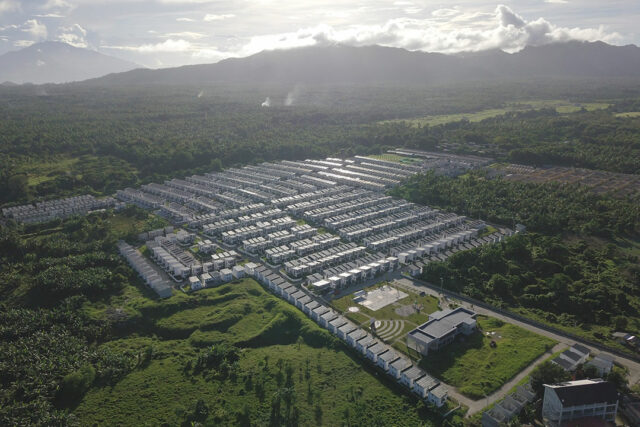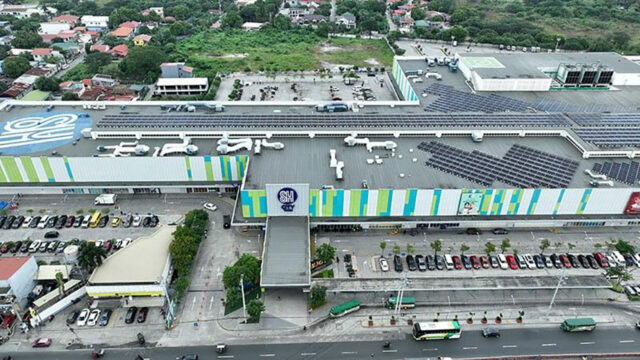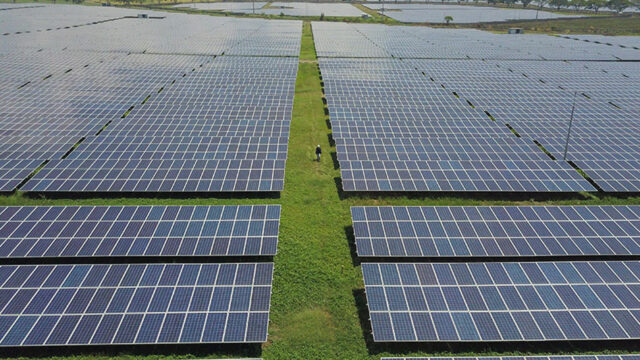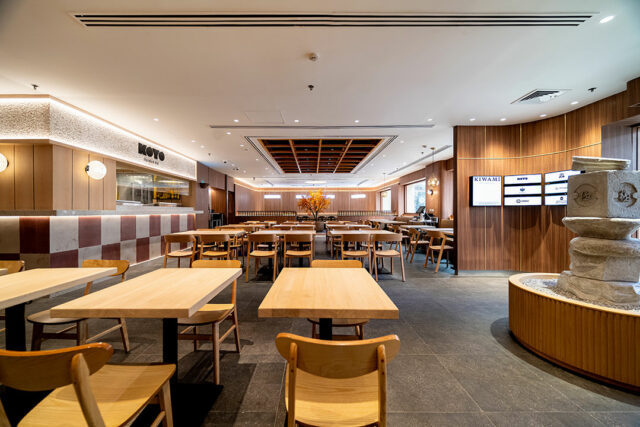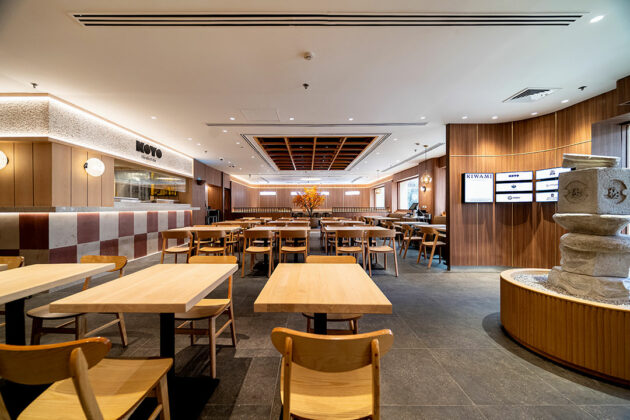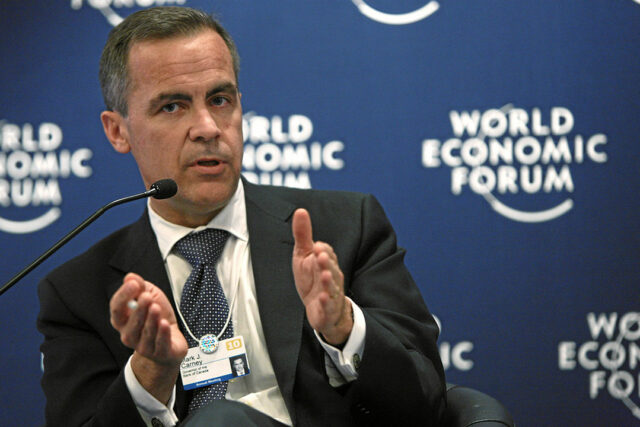Century Properties’ PHirst targets to deliver 10,000 units by mid-2025
PHIRST PARK HOMES, Inc., the affordable housing brand of Century Properties Group, Inc. (CPG), said it aims to turn over around 10,000 units to first-time homebuyers by mid-year.
“As of April 2025, PHirst has successfully completed the construction of around 15,000 units across its various projects nationwide,” CPG said in an e-mail statement on Wednesday.
“Following its construction milestone, by mid-2025 PHirst is looking into successfully handing over more than 10,000 homes to first-time homeowners,” it added.
The housing units are located across PHirst’s 27 active projects in Luzon and the Visayas, particularly in Cavite, Laguna, Batangas, Quezon Province, Bulacan, Pampanga, Bataan, Nueva Ecija, and Bacolod City.
PHirst Park Homes is the first-home (affordable housing) brand developed by PHirst Park Homes, Inc., a joint venture between CPG and Japan’s Mitsubishi Corp. CPG is known for upscale developments such as Trump Tower at Century City and Azure Urban Resort Residences, while its partner, Mitsubishi Corp., is one of Japan’s largest conglomerates with diverse business interests spanning finance, infrastructure, and consumer goods.
PHirst said it established its own water services management group, branded as PH20, to help ensure the efficient operation of water facilities and infrastructure in PHirst communities.
The PH20 team began operations in four PHirst subdivisions: PHirst Park Homes Batulao in Batangas, PHirst Sights Bay in Laguna, PHirst Park Homes Tayabas in Quezon, and PHirst Park Homes Balanga in Bataan.
“Through our in-house construction capabilities and water services management group, we not only ensure that we provide quality homes but also enable our residents to experience being part of thriving communities and elevated living standards,” PHirst President Ricky M. Celis said.
CPG also noted its planned expansion efforts through its in-house precast and cast-in-place construction divisions, operating under the PHirst-Build brand.
“To date, PHirst-Build covers various projects in Batangas, Bataan, Nueva Ecija, and Bacolod, and will continue its expansion into more locations nationwide as the company responds to the growing demand for housing with a variety of sizes and design options.”
CPG reported a 31% increase in net income to P2.44 billion for 2024, up from P1.86 billion in 2023, driven by strong performance in both its premium residential and affordable housing segments.
The company’s revenue rose by 15% to P14.64 billion.
Its first-home segment generated P9.9 billion in revenue, a 34% increase from P7.4 billion the previous year. Its premium residential projects contributed P3 billion, while leasing and property management operations brought in P1.31 billion and P464 million, respectively.
Total assets grew by 3% to P55.9 billion, while interest-bearing debt declined by 16%.
Shares of CPG ended flat at P0.64 on Thursday. — B.M.D. Cruz

